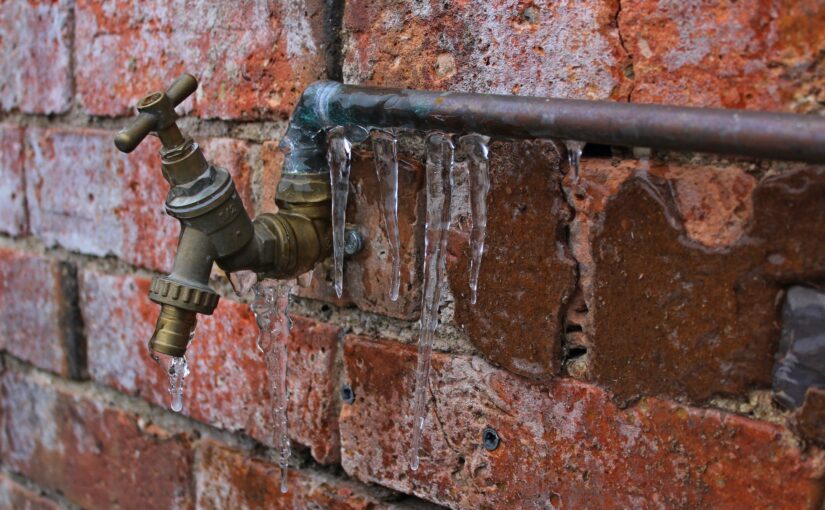A house can be severely water damaged by either leaking pipes, broken sewer lines, or natural disasters such as typhoons that can bring about flooding.
Regardless of the reason, it is vital to find the source of damage as quickly as possible to avoid further havoc. You may inspect the presence of bubbles on the walls or listen to any water dripping sounds.
Assessing the damage can be pretty tricky. Getting rid of the excess moisture or removing the musty smell can be tackled lightly. However, there may be destructions that are significant and need professional help. Therefore, proper evaluation is essential.
The best tip to get yourself organized is to have an established plan. And you don’t need to fret as we’ve rounded up five handy water damage restoration hacks for you listed below.
1. Locate where is the water source
It is essential to locate the source of water destruction.
And there are three categories of water damage. The first type is clean water damage. The source of which usually includes broken pipes or water supply lines. Check for any dripping water under the sinks, bathtubs, etc. Sometimes if the problem is small, you may need professional sound detection equipment for extra help. Although this type of damage does not raise a significant issue, it is still equally crucial to stop it to prevent further destruction.
The second category is gray water damage. The sources include appliances such as washing machines and toilets—the restoration of things damaged with gray water needs disinfection.
The last and the most extreme kind of water damage causes severe health hazards. Blackwater damage includes broken sewage and rising floodwaters. This type of damage would require deep cleaning and a strict sanitizing procedure.
2. Water damage safety
Once you’ve secured and found the source of the water damage, make sure to guarantee home restoration safety.
Safety hacks may include finding a temporary place for the whole family and your pets to stay while completing the home water damage repair. Do not forget to switch off the electricity to prevent accidents such as electrocution or igniting a fire. If you need to call an electrician to check if those submerged sockets are still okay to use, then do so.
Next, inspect your drywalls and assess if they need to be changed. Secure a space to avoid accidents if ever the plasters above become too heavy and fall.
Remember that there are some restorations that you can easily do on your own, and there are also some that need professional help. There is nothing wrong with keeping your options open.
3. Inspect for hidden moisture
After emptying the cupboards and removing all the hazards, the next thing to secure is better circulation inside the house.
Open the doors and windows in every room to improve circulation. When it’s safe, use your electric fans too. Lastly, if you can acquire one, using a large-capacity dehumidifier can do both tricks of drying up excess moisture and, at the same time, removing any unpleasant smell.
You might rethink your flooring option if you have a wooden floor. To avoid the same problem in the future, maybe use ceramic flooring or vinyl moving forward as they are both known to be very resistant to water and moisture. Stay away from using laminate as this one, on the other hand, is more susceptible to damage when wet.
4. Repair or replace?
As you start removing the excess moisture on every corner of the house, remember to segregate things that you can still repair from items you cannot salvage anymore.
Combining one part of bleach with ten-part water will remove both the smell and harmful bacteria from soiled clothes. Specific fabrics, however, may need particular care too. Therefore, asking for help from your professional dry cleaner can help tremendously.
You may also want to contact your insurance company and have a professional assessor help you decide whether to repair or replace a specific place in the house or a piece of furniture. Having a professional inform you of how much you would need to spend on this home restoration could help you decide strategically and work on your budget with a clearer perception.
5. Check if the damage is too much or not
Like any house improvement, there are times when you no longer have a choice but to let go of things if there is already too much damage. Restoring a very soiled sofa might be more expensive than getting a new one. After all, an updated list of furniture is probably the best way to go in circumstances like this.
After experiencing terrible water home damage, it allows you to plan for whatever you will get and place inside your home in the long run. Probably, a leather sofa is more durable than fabric couches. Maybe it is about time to get moisture-resistant rugs or carpets that provide high tolerances to stains.
Check for any presence of molds, and as soon as you find them start scrubbing with bleach and a brush. Doing so prevents your other unaffected furniture from getting further destroyed.
The moment you notice significant damage on an item, you cannot undo it anymore; just let go.
Author: Andi Croft
For additional reading read this guide on how you can protect your home from flooding.
